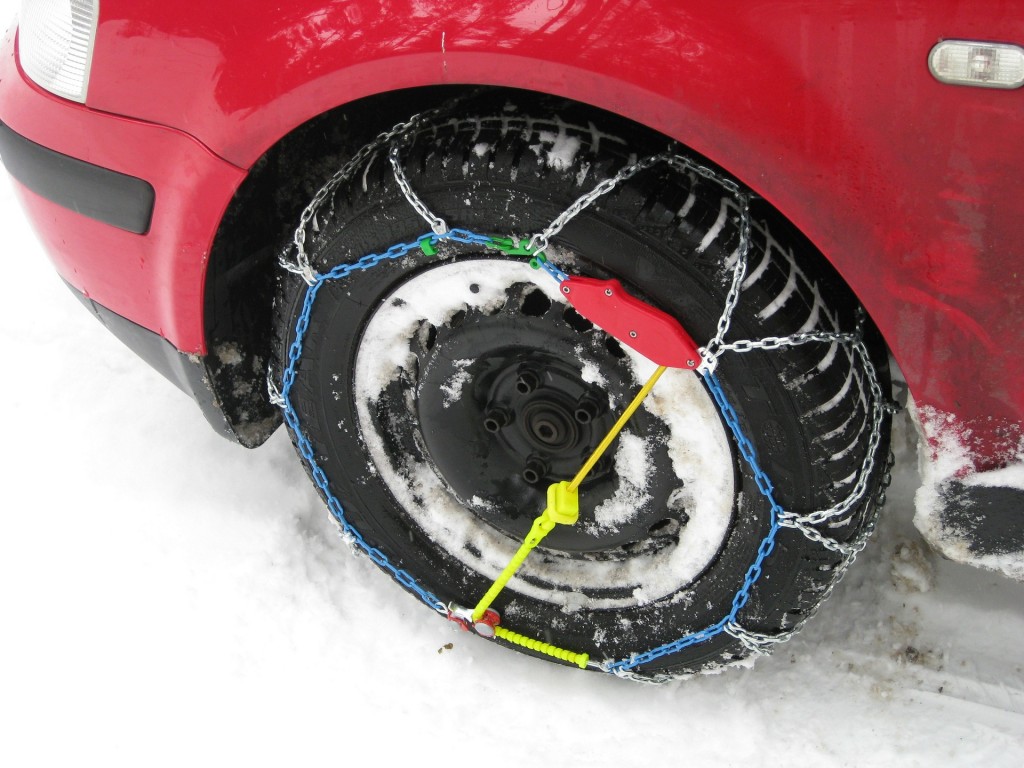
While snow can make for a fun day of skiing or snow-shoeing, it can also make for dangerous road conditions. For drivers from warmer climates who are unfamiliar with driving on snowy, icy roads, making it to the ski resort in once piece can be a daunting task. With some help from Great Guys Transport, one of the best auto transport companies in the country, we’ve gathered everything you need to know about snow tires so you can make your trips to the slope as safe as possible.
Why Do I Need Snow Tires?
The rubber compound found in tires has a great influence on how tires behave at various temperature ranges. With a regular or all-season tire, the rubber starts to lose grip after the mercury levels drop below 45 degrees. That means, even if conditions are dry, if it’s cold, you will likely have less control over your vehicle.
On the other hand, snow tires are designed to withstand low temperatures, offering superior grip even after the temperature drops below freezing. The flexible nature of snow tires’ tread and design makes it easier to clear the snow and slush, meaning the tires perform better in wet off-road conditions.

Can I Put Just Two Winter Tires on the Front Since I Have Two-Wheel Drive?
If you are going to put winter tires on, you want to do all four tires. While driving with half snow tires and half all-season on a two-wheel drive might sound logical, it could put your car’s suspension at risk. A balanced suspension requires fine tuning and depends on the harmonization of multiple factors. One factor relates to tire size. When you mix and match tires, it can change the vehicle’s balance, making it slow and difficult to handle. An imbalanced suspension is unsafe and could send you sailing into a snow berm or worse.
Why Doesn’t My Car Come with Winter Tires from the Factory?
A lot of areas do not see enough winter precipitation to justify buying an extra set of tires. Manufacturers stick with just the necessities because it keeps their prices down and profits up.
Can’t I Just Use Chains?
Many people balk at the thought of purchasing snow tires because the price tag for a new set can cost upwards of $1000. If you’re going on a one-time ski trip that requires driving on snow covered roads, chains are a great option. Otherwise, if you’re frequenting the mountains or living in a cold-weather climate, you should probably make the investment in actual snow tires. Here’s why:
- Taking chains on and off can be a real hassle
- Snow tires are much safer in cold temps and slushy or icy road conditions
- Buying snow tires will extend the life of your all season tires
- Easier and safer stopping and starting on questionable roads
- Germany made snow tires mandatory and saw over a 50% drop in personal injury collisions

When Should I Replace My Snow Tires?
Like with other tires, snow tires start with 11/32-inch deep tread, but you want to scrap winter tires a little sooner than you would retire your more traditional tires. At 6/32-inch, they have lost a lot their grip and barely nibble at the snow. Once snow tires have reached a 5/32-inch deep tread, they look barely worn, but at that point, you should recycle them.
When Should I Change Out My All Season Tires?
That often depends on the climate, but a general rule of thumb is you should change the tires once you can see your breath during daylight hours. In general, Thanksgiving is a great time to put your snow tires on, and you want to remove them around tax season.
When purchasing your snow tires, keep in mind that some snow tire brands do not perform as well as others. Investing in a good set will keep you safer getting to and from the slopes and everywhere in between this winter. Safe driving makes for happy skiing!
